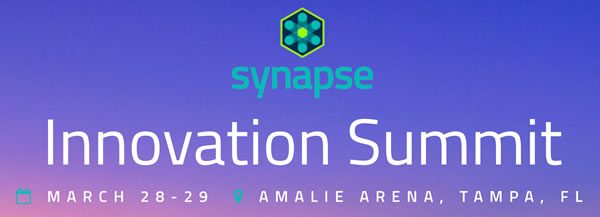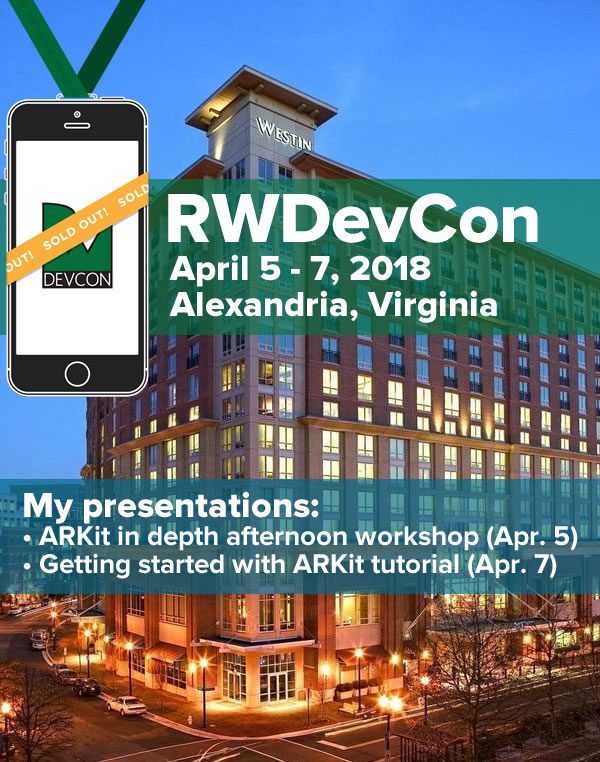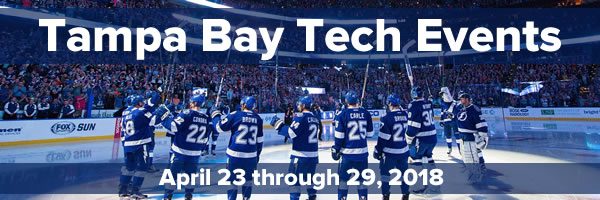
Every week, I compile a list of events for developers, technologists, tech entrepreneurs, and nerds in and around the Tampa Bay area. We’ve got a lot of events going on this week, and here they are!
Monday, April 23
- PopUp Business School USA Start Up Support Group @ The Attic, 6:00 PM to 8:00 PM
- Cool ‘n Confident Toastmasters @ SPC – St. Petersburg/Gibbs Campus, 6:30 PM to 7:45 PM
- Wesley Chapel Speaks Toastmasters @ Nissan of Wesley Chapel, 6:30 PM to 9:30 PM
- Fusion 360 Deep Dive (8 Weeks) @ Tampa Hackerspace, 7:00 PM to 10:00 PM
- South Tampa Toastmasters @ Unity of Tampa, 7:00 PM to 8:15 PM
- YouTube Support Group — Producing your Video for YouTube! @ Village Inn, 7:00 PM to 8:00 PM
- Digital Photo Artists — Light Painting with David Frayer @ 7:00 PM to 10:00 PM
- Nerdbrew Trivia — Pints & Pixels Gaming Night! @ Brew Bus, 7:00 PM to 11:00 PM
Tuesday, April 24
- Leads and Coffee @ Belleair Coffee Company, 7:45 AM to 9:00 AM
- Tampa Entrepreneurship Meetup — Forex Trading for Beginners @ Bean Arrow Coffee, 9:00 AM to 11:00 AM
- Tampa Entrepreneurs Network — Network After Work with Like Minded Entrepreneurs and Grow Your Business @ Glory Days Grill, 11:30 AM to 1:00 PM
- Westshore Toastmasters @ FIVE Labs, 12:00 PM to 1:00 PM
- Tampa Bay Tech — Flexential’s Business on the edge: Why you need edge computing now (Online webinar), 1:00 PM to 2:00 PM
- Brandon Boardgamers — Tuesday Night Gaming @ Cool Stuff Games, 5:00 PM to 8:00 PM
- Tampa Bay Writing, Publishing & Marketing Meetup — Six Month Writing Series, Week 3 @ The Kaizen Collaborative, 5:30 PM to 8:30 PM
- The Patio After Hours Networking Mixer @ The Patio, 5:30 PM to 8:00 PM
- Weekly Open Make Night @ Tampa Hackerspace, 6:00 PM to 10:00 PM
- Tampa Bay IIBA — Requirements Elicitation Techniques by Priscilla Partaw @ KForce, 6:00 PM to 7:30 PM
- Tampa iOS Meetup — Our 20th meetup: Saving data in iOS apps, part one @ Sourcetoad, 6:30 PM to 8:30 PM
- Tampa Bay Young Professionals Group — Taco Tuesday at BarTaco!! @ BarTaco, 6:30 PM to 8:45 PM
- Game Club Tampa Meetup — Tuesday Nite Roleplayers (RPGs) (LFP) @ Grand Arena of Mind Expansion, 6:30 PM to 9:30 PM
- Portkey to Magic — Deathly Hallows Trivia Night @ Jacks London Grill, 7:00 PM to 9:00 PM
- Code Katas — Let’s Do Some Fun Code Challenges! @ PROforma, 7:00 PM to 9:00 PM
- Tampa R Users Group — Shiny Server @ Southern Brewing & Winemaking, 7:00 PM to 9:00 PM
- St. Pete Beers ‘n Board Games Meetup for Young Adults @ Flying Boat Brewing Company, 7:00 PM to 10:00 PM
Wednesday, April 25
- 10th Anniversary Front End Design Conference @ The Palladium Theater, Wednesday, April 25, 2018, 8:00 AM to Friday, April 27, 2018, 5:00 PM
- Tampa Bay Area – Bootstrappers Breakfast @ Starbucks Reserve in Univ Of Tampa’s Lowth Entrepreneurship Center Building, 8:00 AM to 9:30 AM
- OPEN/Women’s Networking Event – 1 Million Cups @ Entrepreneur Collaborative Center (ECC), 8:00 AM to 9:00 AM
- Networking Breakfast @ Minuteman Press, 9:00 AM to 10:00 AM
- Joomla! User Group Tampa — Lunch with Mike Demo from Open Source Matters @ The Westshore Grand – No Name Lounge, 3:00 PM to 4:30 PM
- Tampa Entrepreneurs Network — 6 Step Formula To Get More Dream Clients & Become Expert Authority With Meetup (Online webinar), 4:00 PM to 5:00 PM
- April 2018 StartUp Xchange @ Pour Taproom, 4:30 PM to 6:30 PM
- Tech Talks – Problem solving with Design — Design Studio: foster a collaborative environment and build shared understanding @ Bank of the Ozark’s Innovation Lab, 5:30 PM to 8:00 PM
- (Monthly) Azure User Group: IoT & DevOps by Jared Porcenaluk @ Tribridge Inc, 6:00 PM to 8:00 PM
- Golang St Pete — WTF is Go @ TBD, 6:00 PM to 8:00 PM
- ReactJS Tampa Bay — Lightning Fast Mobile Development With React Native and Expo @ Exzeo, 6:00 PM to 8:00 PM
- Power BI User Group Meeting – April 2018 @ ConnectWise, 6:00 PM to 8:00 PM
- Code Lakeland — Internet of Things (IoT) 101 with Jesse Schein @ Catapult, 6:00 PM to 8:00 PM
- THE GREAT DEBATE!!!! at Bradenton Toastmasters! @ Manatee Unitarian Universalist Fellowship, 6:15 PM to 7:30 PM
- Tampa Bay Inventors Council – www.tbic.us Weekly Meetup @ Tampa Bay Technology Center, 7:00 PM to 10:00 PM
- Learn to Pick Locks @ Tampa Hackerspace, 7:00 PM to 9:00 PM
- Blockchain Enthusiasts — Blockchain/Cryptocurrency Meetup: News, Q&A, Networking, Social @ BlockSpaces, 7:00 PM to 10:00 PM
- Nerdbrew Trivia — Games & Grog @ Peabody’s, 7:00 PM to 11:00 PM
- Tampa Bitcoin and Crypto Wealth Mining — Bitcoin Mining – ICO – Crypto Trading @ Bitcoin Mining Investors,7:00 PM to 8:30 PM
Thursday, April 26
- Tampa Bay Tech Events — Geek Breakfast @ Jimbo’s Pit Bar-B-Q, 7:30 AM to 9:30 AM
- Tampa Bay Professionals (IT, Sales, HR & more) — HR PROS- Sustainable Employee Engagement: Fact or Myth (Online session), 8:30 AM to 9:00 AM
- Sun Coast Networking Meeting @ Perkins Restaurant & Bakery, 8841 Park Boulevard, Seminole, 8:30 AM to 10:00 AM
- Tampa Strategic Growth Alliance breakfast Meeting! @ 9:00 AM to 10:00 AM
- Professionals With A Purpose — 1st annual Networking event @ Red Door No. 5, 5:30 PM to 9:30 PM
- Game Club Tampa Meetup — The Chosen, a home brew pathfinder variant (FULL) @ Grand Arena of Mind Expansion, 5:30 PM to 10:30 PM
- Brandon Boardgamers — Let’s Game on Thursdays @ Panera Bread, 3490 Lithia Pinecrest Road, Valrico, 5:30 PM to 9:30 PM
- Network After Work at Irish 31 Hyde Park @ Irish 31 Pub House & Eatery, 6:00 PM to 9:00 PM
- Tampa SQL User Groups — Hillsborough – Getting Started with Machine Learning Service and Python @ Corporate Center I, 2202 North Westshore Boulevard Suite 122, Tampa, 6:00 PM to 9:00 PM
- Tampa Bay Azure User Group — Azure Serverless Computing @ Microsoft Corporation, 6:00 PM to 7:30 PM
- Open Make Night / Open House @ St. Pete Makers, 6:00 PM to 8:00 PM
- Tampa Cybersecurity Meetup — Expert Series: Jeff Toth @ SecureSet Tampa Campus, 6:00 PM to 7:00 PM
- Tampa Bay Ethical Accelerator Meetup @ Sourcetoad, 6:30 PM to 8:30 PM
- Front End Creatives — Voice APIs and AI with IBM Watson @ Veredus Corporation, 6:30 PM to 9:00 PM
- 3D Printing Guild @ Tampa Hackerspace,7:00 PM to 10:00 PM
- Tampa Bay Tech — Florida Funders’ Thirsty Thursday @ St Pete Station House, 7:00 PM to 9:00 PM
- Tampa Bay UX Group — TBUX Office Hours (Online, on Slack) @ 9:00 PM to 10:00 PM
Friday, April 27
- Lean Coffee for All Things Agile (Westshore) @ Panera Bread, 112 S Westshore Blvd, Tampa, 7:30 AM to 8:30 AM
- April 2018 Homebrew Hillsborough @ Symphonic Distribution, 8:30 AM to 11:30 AM
- Kakkoii-Otaku Clan — Avengers: Infinity War – AMC Veterans @ 6:00 PM to 9:00 PM
- Nerd Night Out — Avengers Infinity Wars (New Tampa Showing) @ AMC Highwoods 20, 6:30 PM to 9:30 PM
Saturday, April 28
- Girl Develop It Tampa Bay — Intro to HTML & CSS @ The Symphony Agency, 9:30 AM to 5:30 PM
- GDG SunCoast — Google Assistant – Build Actions for Your Community @ 10:00 AM to 3:00 PM
- Machine Shop Lathe 101 (Members Only) @ Tampa Hackerspace, 10:30 AM to 12:30 PM
- Game Club Tampa Meetup — International Table Top Day @ Grand Arena of Mind Expansion, 11:00 AM to 11:00 PM
- Defcon813 — Router hacking lab – owning Layer 3 @ 12:00 PM to 6:00 PM
- MR103 Aerial Drone Workshop @ Tampa Hackerspace, 1:00 PM to 4:00 PM
- Clearwater / St Petersburg Unity User Group — Game Project Therapy @ Perkins Restaurant & Bakery, 2626 Gulf to Bay Boulevard, Clearwater, 3:00 PM to 5:00 PM
- Bradenton Bitcoin And Cryptocurrency Meetup — We will pick up on questions where we left off at the last Meetup @ Connect Bradenton, 3:30 PM to 5:00 PM
- Grand Gamers of St. Petersburg — Board Games @ Serenity Games, 5:00 PM to 8:00 PM
- SKILL: Intro To Soldering @ Tampa Hackerspace, 7:00 PM to 9:00 PM
Sunday, April 29
- Tampa Bay Blockchain Developers Meetup — How do ERC20 tokens work? @ Blockspaces, 1:00 PM to 5:00 PM
- D&D Adventurers League: Low Level Tables @ Critical Hit Games, 4:00 PM to 7:00 PM
- Nerd Night Out — Game Night @ Dunkin Donuts, 5610 E Fowler Ave, Tampa, 4:00 PM to 8:00 PM
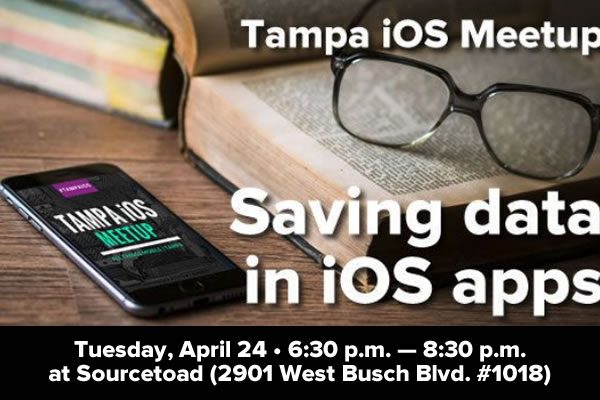
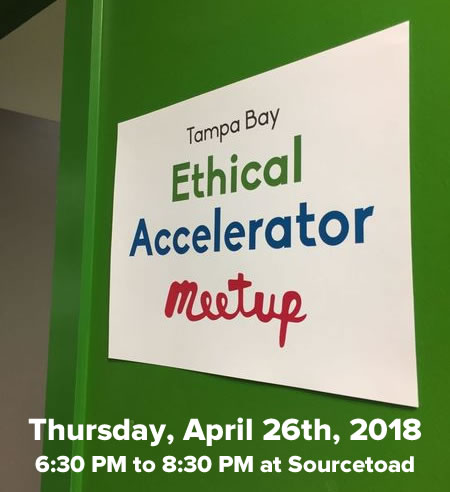
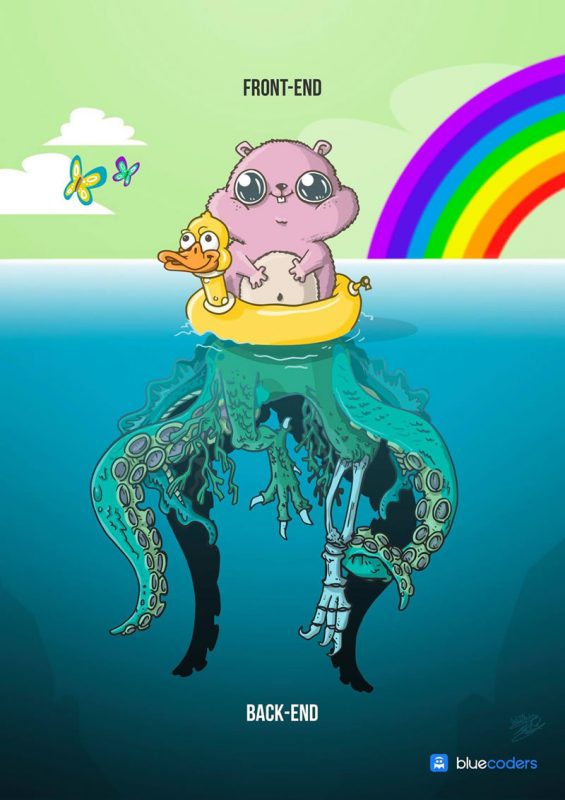
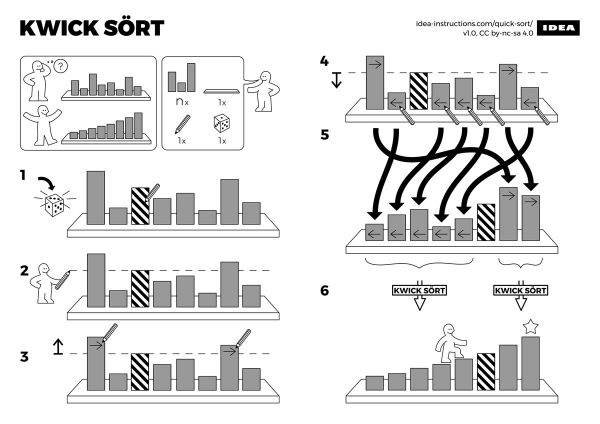
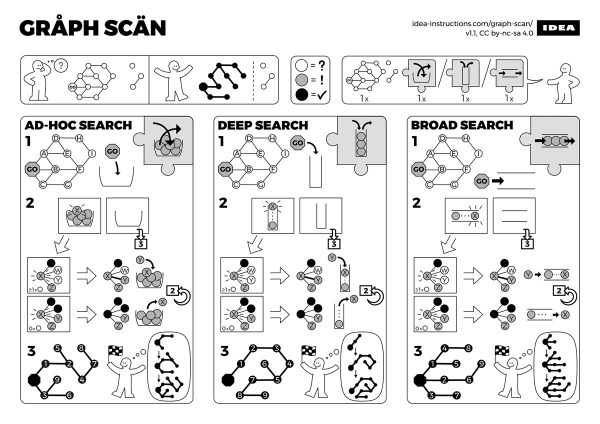
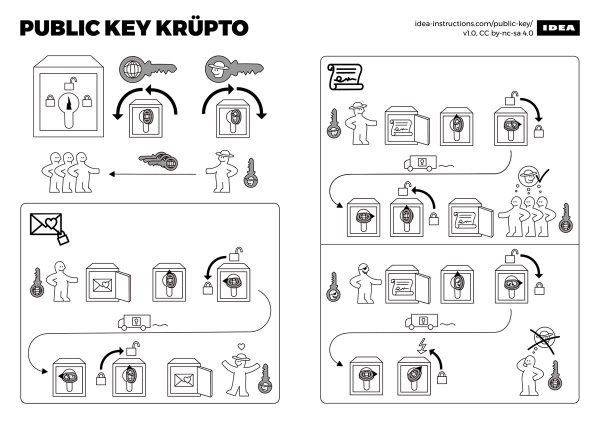
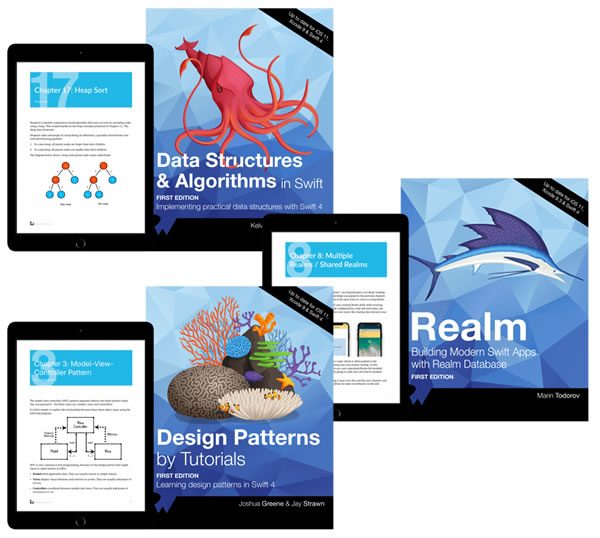
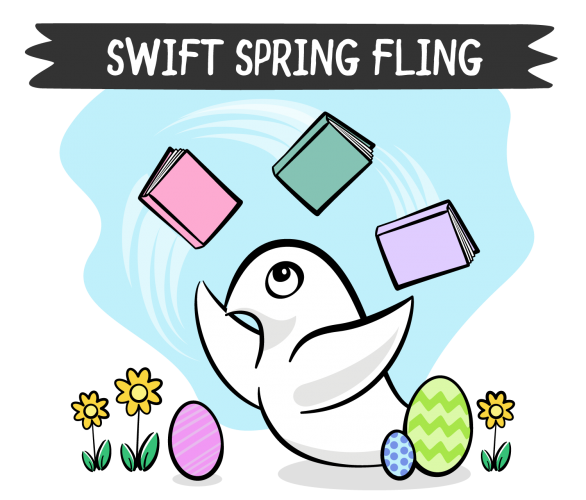
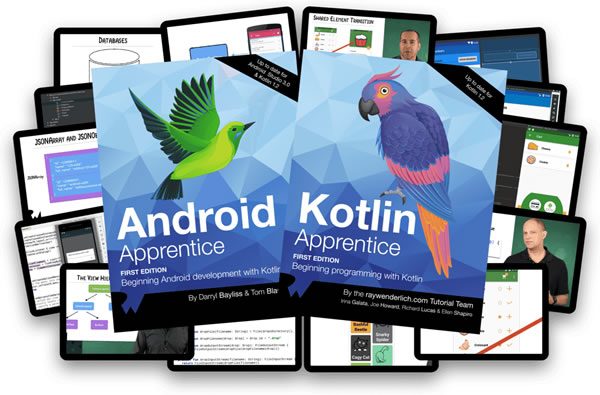
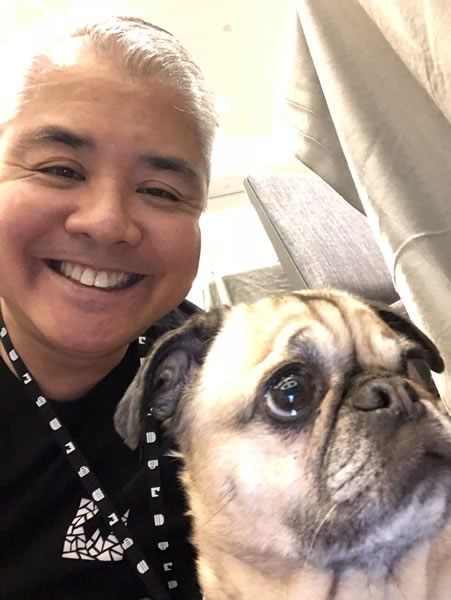
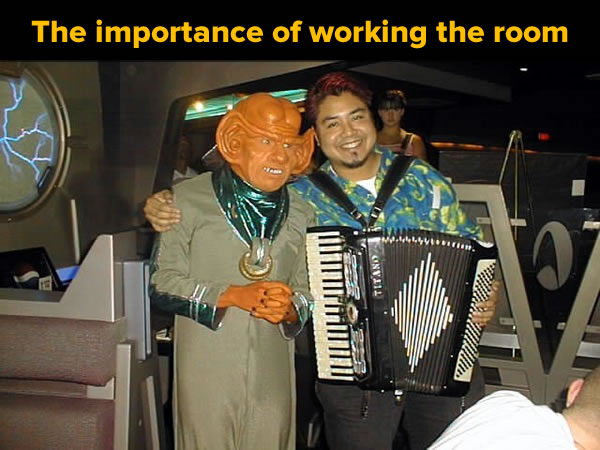
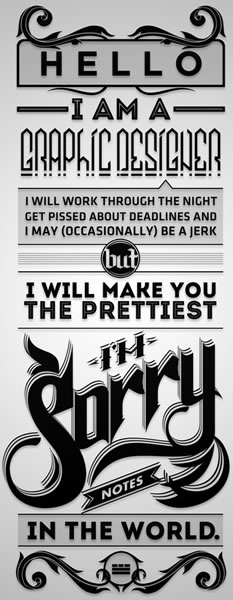
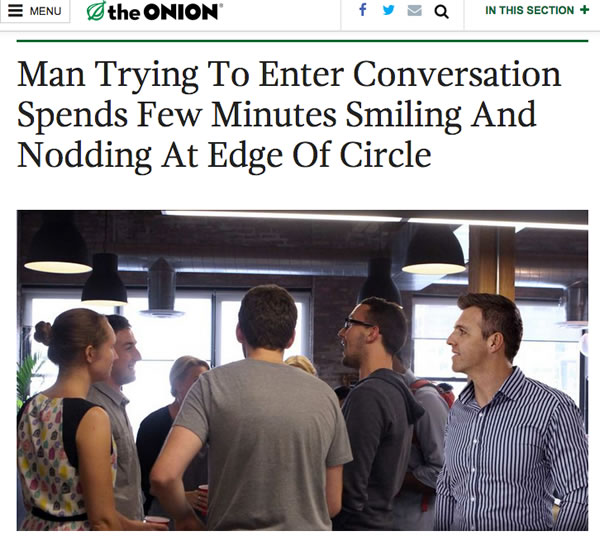
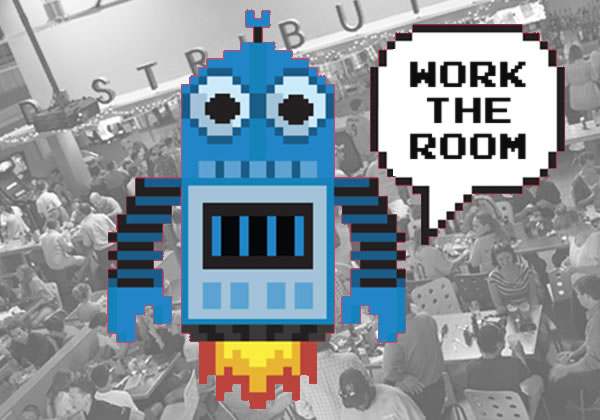
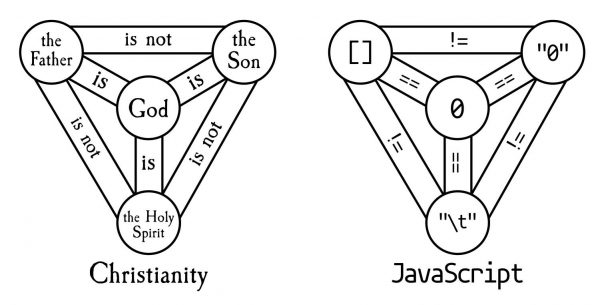
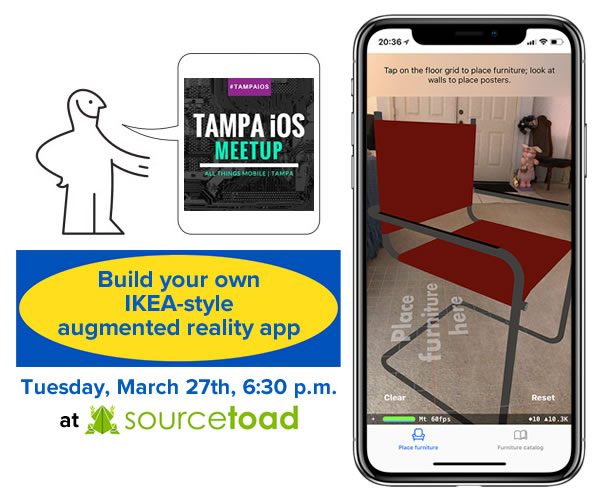 On Tuesday, I’ll be leading the Tampa iOS Meetup group through another exercise building an augmented reality app with ARKit.
On Tuesday, I’ll be leading the Tampa iOS Meetup group through another exercise building an augmented reality app with ARKit.